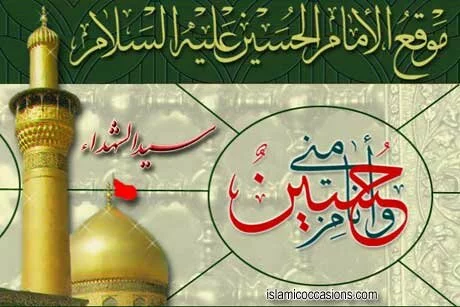Why Did The People Of Kufa Betray Imam Hussain (as) ?
Here is the summary of the clip above.
Yazid orderered, managed, oversaw, led, gained, trained, and maintained a force that massacred our beloved Imam Husayn (as).
Now, that force consisted of two main groups of people:
1- A group of mercenaries that were loyal to yazid and came over from all over.
2- Majority were people of Iraq, who had given oath and promise to Imam Husayn(as), that if he comes to Iraq, they will fight the Ummayads under his banner till death. Those people were “so called shia” or whatever they call themselves. They, under money and political power promises, gave up Imam Husayn’s promise and oath, aand instead fought under the banner of Yazid and participated in the massacre. Some of them repented, some did not. But that is a fact. Those people called themselves Shia of Imam Husayn. It is quite apparent, that they were Shia of Shaytan and Yazid, not Imam Husayn.



